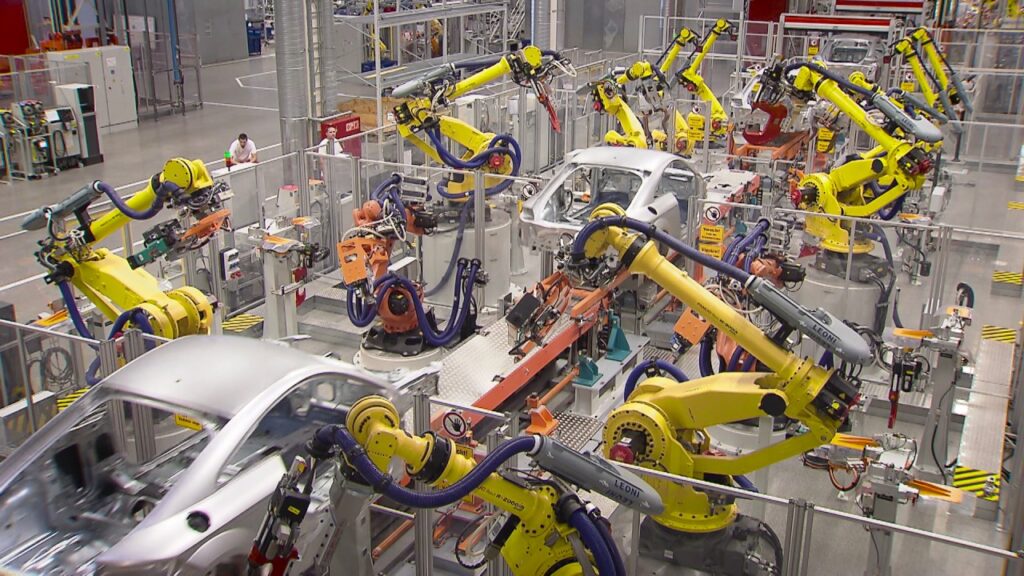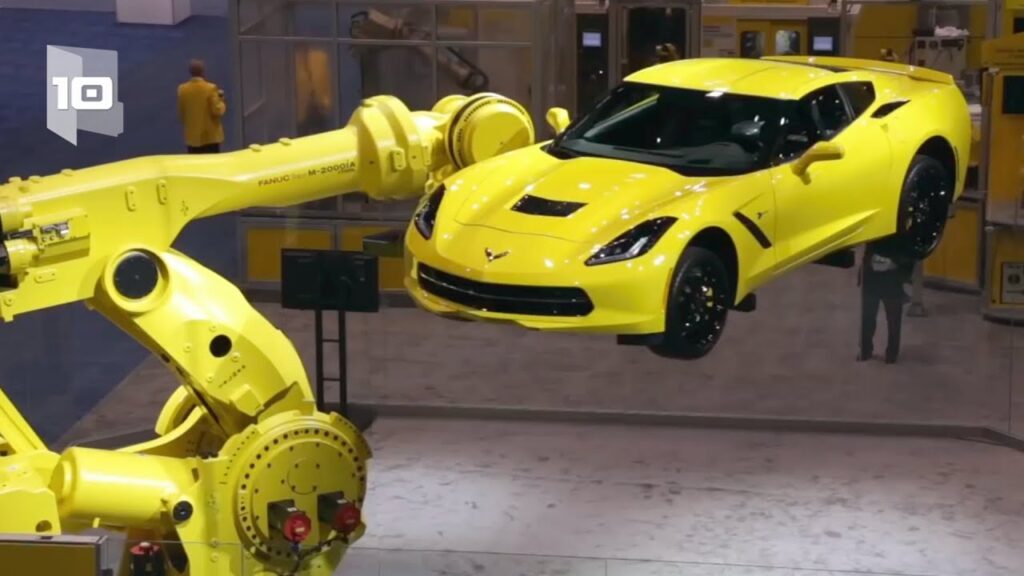Industrial Robotic Arm: Revolutionizing the World of Automation
Robotic arms have become an essential part of industrial automation, reshaping the way we perceive manufacturing and production processes. In recent years, the development of industrial robotic arms has reached new heights, with advancements that enable these machines to perform a wide range of tasks with precision and efficiency. From small and compact arms to heavy-duty giants, the industrial robotic arm landscape is expanding like never before.
The Industrial Robotic Arm Chart by Reach provides a comprehensive overview of the range and capabilities of these remarkable machines. Let us delve into this world of innovation and explore the different types of robotic arms that are revolutionizing industrial automation.
The Smallest and Most Compact Robot Arm
At the entry-level range, we find the smallest and most compact robot arms designed for tasks that require high precision in confined spaces. These agile machines are ideal for industries like electronics, pharmaceuticals, and small parts assembly. With their compact size and exceptional flexibility, the smallest robot arms can maneuver easily within tight workspaces, offering increased efficiency and productivity.
Lift Heavy with the Largest Industrial Robot Arm
On the other end of the spectrum, we have the heavyweight champions, the largest industrial robot arms. These behemoths are designed to handle massive loads and perform tasks that would be impossible or extremely challenging for human workers.
Lifting capabilities are a significant factor when considering the largest industrial robot arms. These mechanical giants can lift impressively heavy weights, reducing the need for manual labor and ensuring safer working conditions. With their brute power and precision, they have found applications in industries such as automotive manufacturing, construction, and logistics.
Industrial Robot Arms: A Versatile Solution
Industrial robot arms come in various sizes, giving manufacturers the flexibility to choose the one that best suits their needs. From small, compact arms for intricate tasks to large, powerful arms for heavy lifting, the versatility of these machines is truly remarkable.
One of the key advantages of industrial robot arms is their ability to perform repetitive tasks with high accuracy, resulting in increased productivity and improved product quality. Furthermore, these arms can be programmed and reprogrammed to adapt to changing manufacturing requirements, offering significant cost savings and operational agility.
The Potential for Collaborative Automation
Collaborative robotics is an emerging field that focuses on the interaction between humans and robots in shared workspaces. Traditionally, industrial robot arms have been confined to cages or dedicated areas to ensure the safety of human workers. However, advancements in technology have led to the development of safer and more intuitive collaborative robot arms.
By integrating advanced sensors and artificial intelligence, collaborative robot arms can detect the presence of humans and adjust their movements accordingly, minimizing the risk of accidents. This opens up new possibilities for industries that require both the precision and flexibility of robotic automation alongside human expertise and judgment.
The Impact of Industrial Robot Arms on the Workforce
As industrial robot arms become more prevalent in manufacturing and production processes, concerns about the impact on the workforce have arisen. Critics argue that these machines may replace human workers, leading to job losses and unemployment.
However, proponents of industrial robot arms highlight their potential to augment human labor rather than replace it. By automating repetitive and physically demanding tasks, these machines allow human workers to focus on more complex and creative aspects of their job. Ultimately, this shift could lead to a more efficient and fulfilling work environment, where humans and machines collaborate to achieve optimal results.
Conclusion
The world of industrial automation is evolving rapidly, and industrial robot arms are at the forefront of this transformation. From the smallest and most compact arms for precise tasks to the largest and most powerful arms for heavy lifting, these machines have revolutionized manufacturing and production across industries.
With their versatility, efficiency, and potential for collaborative automation, industrial robot arms have the ability to greatly enhance productivity and improve working conditions. While concerns about their impact on the workforce remain, careful integration and adaptation of these machines can lead to a harmonious collaboration between humans and robots, where both thrive in their respective strengths.
As we witness the continual development of industrial robot arms, we can be certain that this technology will shape the future of manufacturing, paving the way for a more automated and efficient world.
Industrial Robot
“Comparing Reach Chart of Industrial Robot Arms and Their Efficiency”


